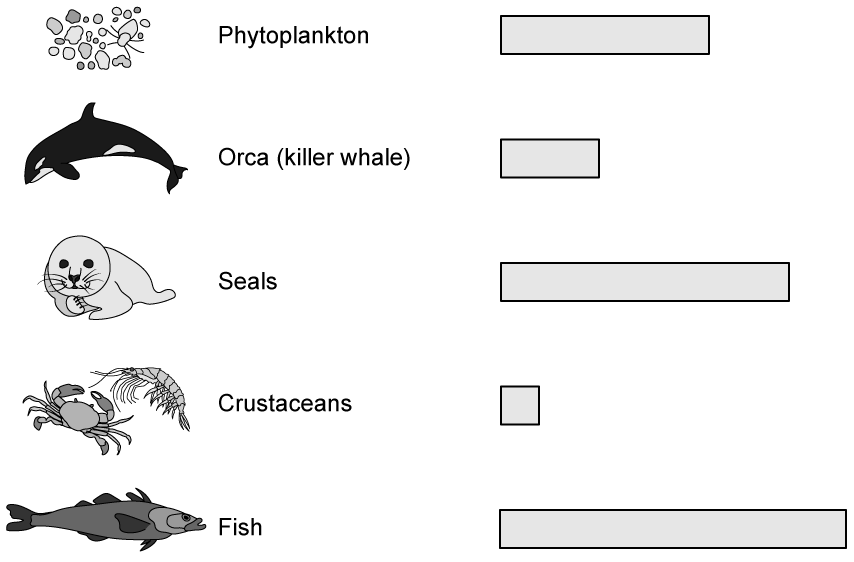Which of the following statements A - D best defines a secondary consumer in a food chain?
A carnivore that eats a herbivore
A herbivore that eats a producer
A carnivore that also eats plants (an omnivore)
An apex predator
State the process by which decomposers absorb nutrients into their cells.
Figure 1 shows a short food chain.
Figure 1

Tick (✔) one box to show the trophic level occupied by the coyote.
| 1 | |
| 2 | |
| 3 |
The beaver's diet consists of tree bark, rushes and other plant matter found in its habitat.
Beavers do not eat other animals.
Explain why the beaver is defined as a herbivore.
Did this page help you?


















